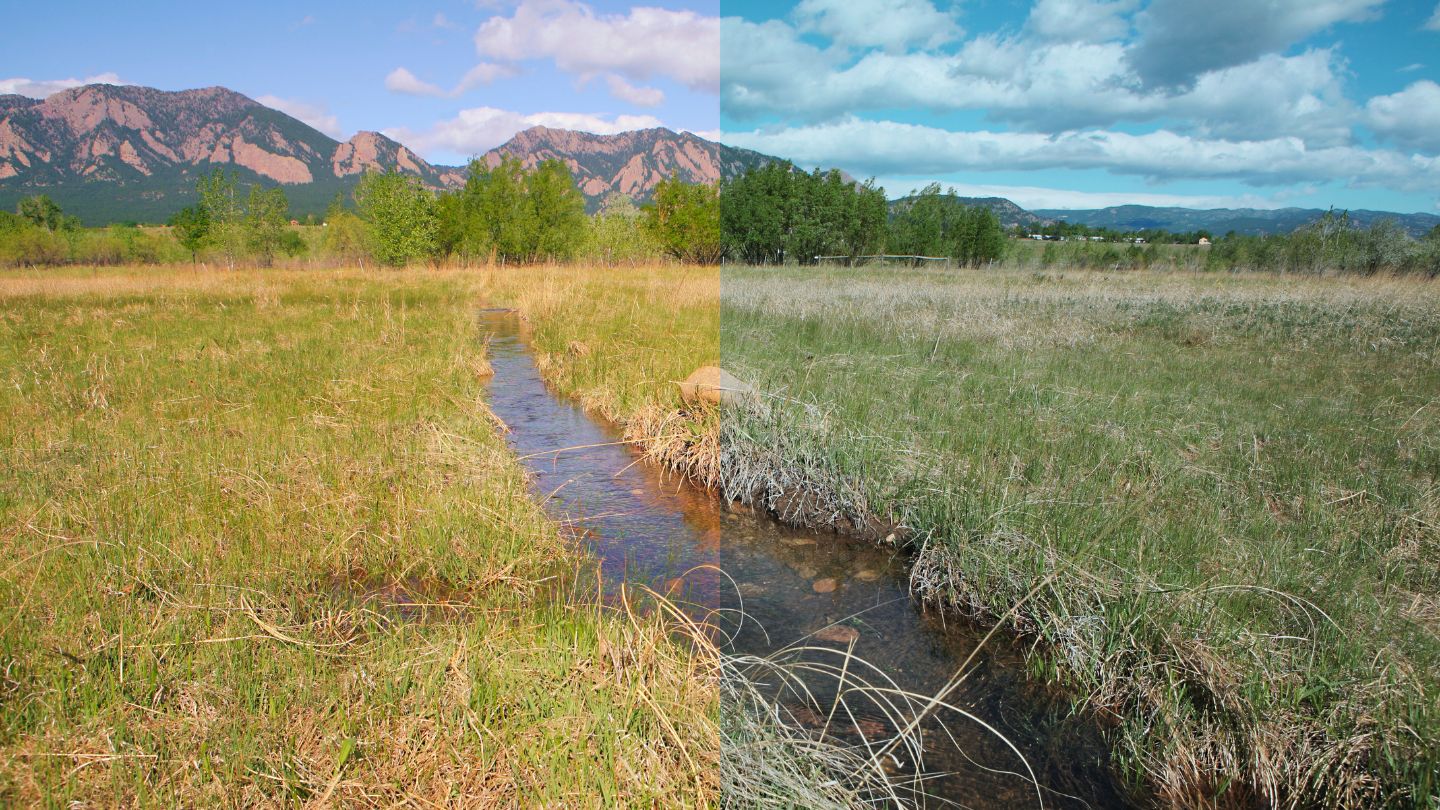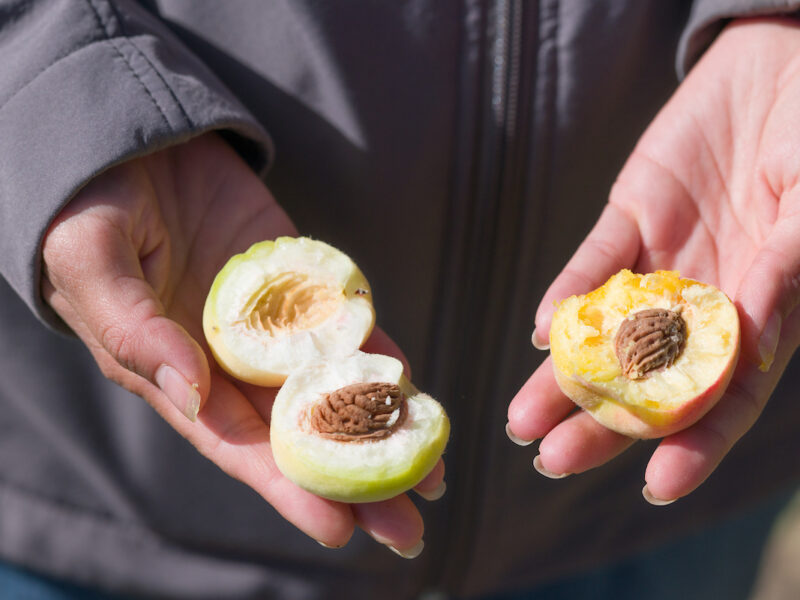Imagine Westerners waking up one morning only to discover that many of their most cherished wetlands have dried up, gone. This is not fiction during these times of determining the true value of water.
Most wetlands in the arid West owe their existence to the “inefficiencies” of unlined irrigation canals and flood irrigation. But when well-intentioned urban folks insist that irrigation companies use water more efficiently by piping their ditches, the result may be more about loss than water “saved” for rivers.
One of the least-known truths in the West is that many of our wetlands are the result of irrigated agriculture. For example, an irrigation company in northern Colorado irrigates about 24,000 acres, thanks to 146 miles of ditches.

The area served by the irrigation company also has approximately 1,300 acres of wetlands, and it’s no accident that most of those wetlands lie below a leaking ditch. A study by Colorado State University discovered this connection using heavy isotopes to create hydrographs of groundwater wells, ditch levels and precipitation. This is a West-wide issue.
We all know that climate change has been causing hotter, drier weather, and that helps reduce the flow of the Colorado River that 40 million Westerners depend on. In the Laramie Basin of Wyoming, 67% of its wetlands are attributed to agriculture. In North Park, Colorado, close to 75% of all wetlands are byproducts of irrigated agriculture.
Decades ago, Aldo Leopold wrote, “There are two spiritual dangers in not owning a farm. One, you think that heat comes from the furnace and two, you think that breakfast comes from the grocery store.”
May I add a third? We don’t know much about the water we depend on.

Clearly, there are too many demands for the West’s diminishing water supply. Drinking water, ag water, river health. Where do wetlands fit in?
Richard Knight
Farmers and ranchers produce two “goods,” a private good and a public good. They’re compensated for the private one by producing food. Their public goods, ecosystem services, are not compensated, though they include wetlands, biodiversity and plants sequestering carbon.
But knowing that rural agriculture uses 79% of the Colorado River’s water, our urban neighbors tell their rural counterparts to conserve water or, better yet, sell it to them.
Meanwhile, the environmental community would like rural agriculture to use less water so more could stay in the rivers to help fish and provide recreational opportunities.
Clearly, there are too many demands for the West’s diminishing water supply. Drinking water, ag water, river health. Where do wetlands fit in?
Wetlands cover 1% of the West’s land surface, yet halfof our threatened and endangered species rely on them. Wetlands serve a similar function to our kidneys: They filter out impurities from human land uses, making our environment healthier.
Perhaps it’s time for all of us to wise up a little. Many of these wetlands are human created; that is, they were created by farmers and ranchers and are not “natural.” Many will disappear in the pursuit of water conservation. Must it be water conservation and efficiency at all costs?
Will we prioritize water for urban uses, including urban sprawl? Or will we support more water staying in our rivers to create a healthier environment? Will water for food production be considered a necessity? Do green lawns trump healthy rivers and wetlands?
With more informed conversations about our region, talks between rural and urban neighbors, perhaps we could pursue a triple bottom line: water for food production, water for urban uses, and, yes, water for our region’s rivers, streams and wetlands
Wouldn’t we all like that? Let’s figure out how to make that happen.
This piece was originally published by writersontherange.org, an independent nonprofit that seeks to spur lively conversation about the West. He works at the intersection of land use and land health in the American West.
Sorry, the comment form is closed at this time.





Steve Carson
All is not lost in “ditch inefficacy”. The water flowing in the ditch has some lost to evaporation. However the other “lose” is sub straight infiltration. This infiltrated water is stored in the soil and away from evaporation. Water stored in the ground is our “Water Bank”, to replenish the water table and to filter out as spring, etc.
Kent A Wegener
I am seeing signs that science has not caught up with US industrialization. Science needs to hurry and prove we create water locally with forests. Perhaps, the human recreated wetlands should be converted into human created forests which will create more water locally for urban, rural and natural rivers, steams and wetlands.